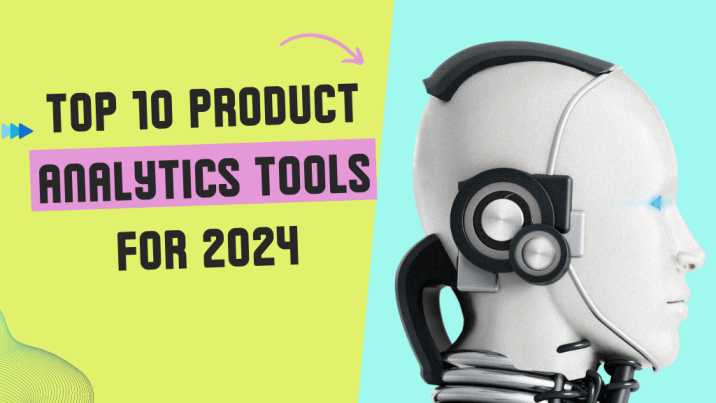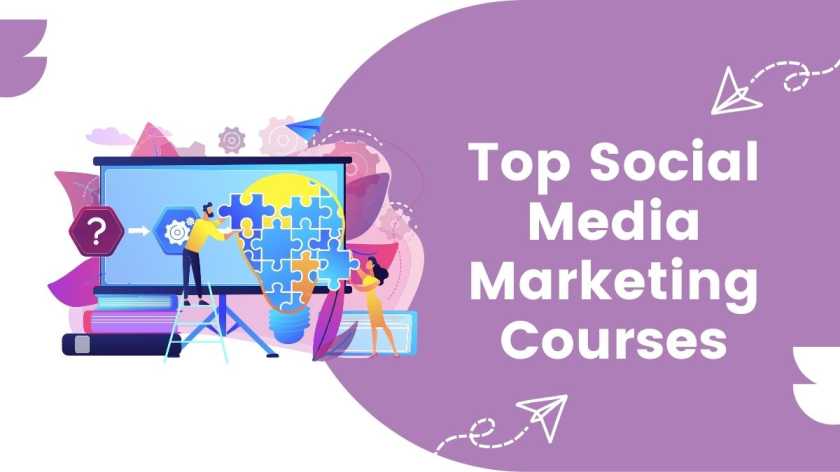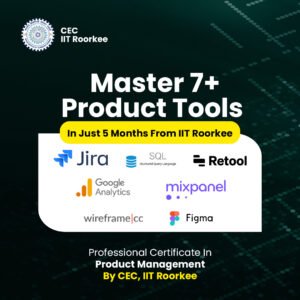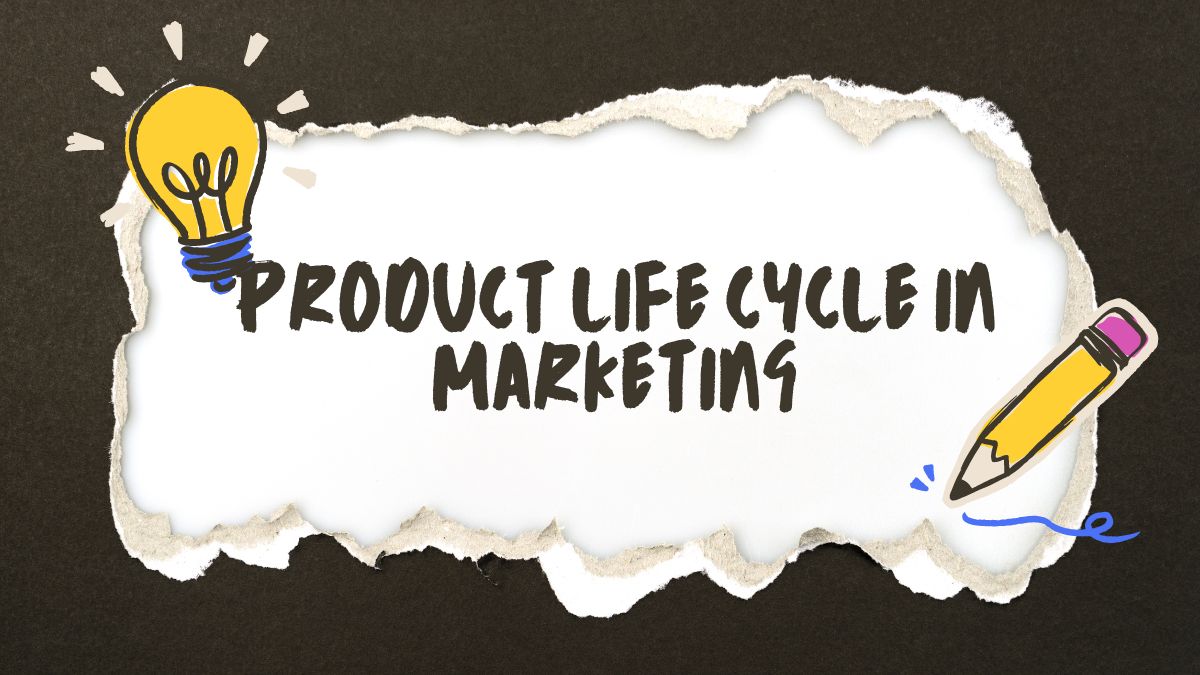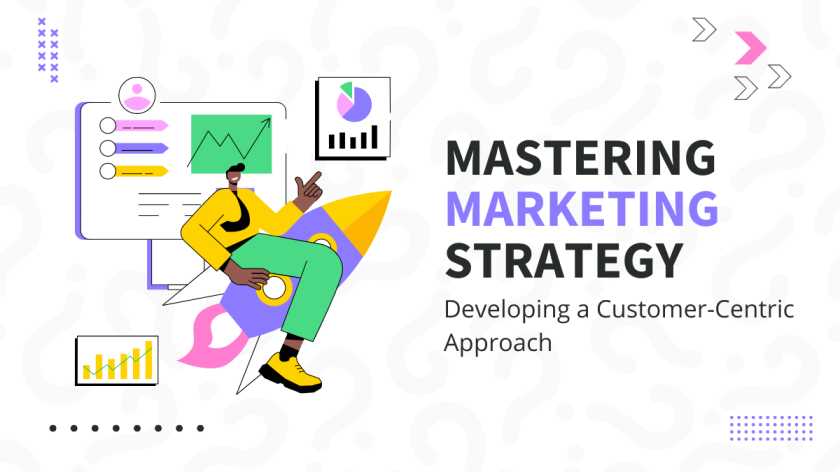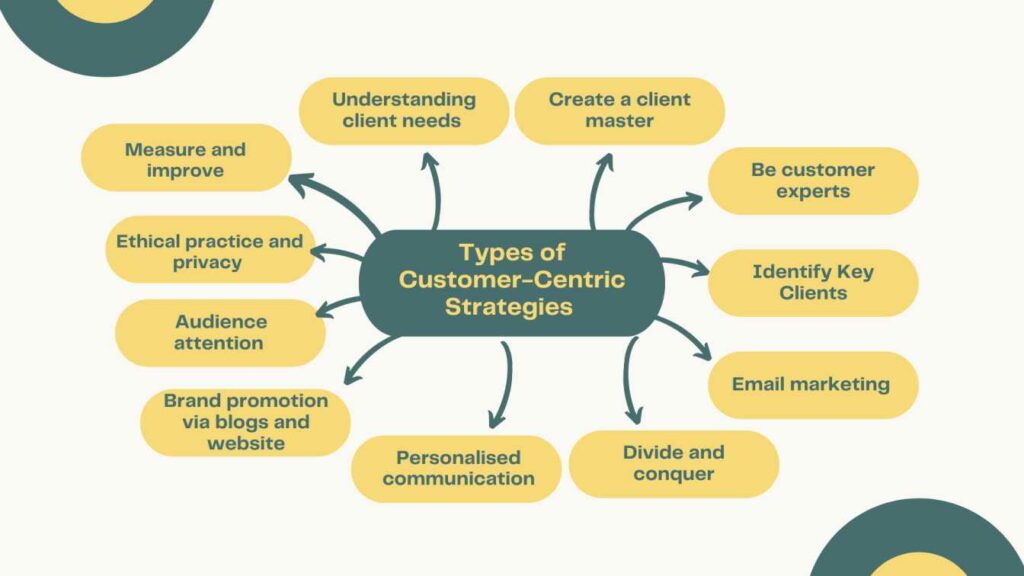Grasping user behavior, product usage, and customer journeys can be challenging yet crucial. This is where product analytics tools come into play. These tools track user interactions, highlight popular features, measure the time spent on each feature, and much more.
By diving into product analytics, you can gain fresh insights into your product, especially in areas needing improvement. The rich qualitative and quantitative data makes it easier to identify which features to enhance, promote, or completely redesign.
Additionally, leveraging the segmentation capabilities of these tools allows you to create personalized messages, guiding your customers more effectively along their buying journey.
Improving your product and retaining your current customer base is just the start. Explore how product analytics tools can drive better sales and overall business success.
Whether you’re a product manager, a data analyst, or just passionate about leveraging insights to drive success, these tools will give you the needed edge.
What to Consider When Choosing Product Analytics Tools
Before diving into our top picks for product analytics tools, knowing what features will help you get the most value from your investment is important.
Here’s what to look for:
- Seamless Integrations: Check if the tool integrates smoothly with your existing data sources, databases, and other platforms. This helps ensure that all your data is connected and you can get a complete view of your product’s performance.
- Strong Data Security: It’s crucial that the tool adheres to data protection regulations and follows best practices for securing your data. This will help protect sensitive information and also maintain your customers’ trust.
- Mobile Analytics Capability: If you have a mobile app, ensure the tool can effectively track and analyze user behavior on mobile platforms. This feature is also essential for understanding how users interact with your app.
- Effective Data Visualization: Look for tools that offer clear and comprehensive data visualization options. Good visualization helps communicate insights understandably, making it easier to make data-driven decisions.
- Scalability: The tool should be able to grow with your business. As your user base and data volume increase, you need a tool to handle larger amounts of data without compromising performance.
- Customer Support and Training: Reliable customer support and access to training materials are important for maximizing your analytics tool. Good support helps resolve issues quickly, and training ensures your team can use the tool effectively.
With these features in mind, you can select a product analytics tool that will provide valuable insights and support your business growth.
Product Analytics Tools of 2024: Features, Benefits, and Use Cases
1. Google Analytics: The Classic Powerhouse
Google Analytics remains a go-to for free product analytics. Its robust features offer in-depth insights into user behavior, traffic sources, and conversions. Tracking user interactions across multiple platforms is indispensable for any data-driven strategy. For those looking to master product analytics and boost their career, the Product Management Certification Course can provide the knowledge to leverage tools like Google Analytics effectively.
2. Fullview: Session Replays and Console Logs
Full view stands out with its session replay and console log capabilities. Imagine watching a user’s journey through your product as if you were with them. Full view lets you do just that, offering a deep dive into how users interact with your product, complete with console logs to track any issues. This tool is perfect for troubleshooting and improving user experience.
3. FullStory: Comprehensive Digital Experience Analytics
FullStory takes digital experience analytics to the next level. Features like session replays, heat maps, and advanced user journey mapping provide a holistic view of how users engage with your product. This tool helps identify friction points and optimize user interactions for a seamless experience.
4. Smartlook: Funnel Analysis
Smartlook excels in funnel analysis, making tracking user progress through various stages of your product easier. By visualizing where users drop off or face difficulties, Smartlook empowers you to make data-driven improvements and enhance conversion rates. Its intuitive interface helps you pinpoint issues quickly and effectively.
5. Pendo: Customer Sentiment Analysis
Pendo is a powerful tool for understanding customer sentiment. Through in-app surveys, feedback polls, and analytics, Pendo helps you gauge how users feel about your product and identify areas for improvement. This tool is invaluable for aligning product features with customer expectations and enhancing overall satisfaction.
6. LogRocket: Error Tracking
LogRocket is a game-changer for error tracking. It provides detailed error logs, session replays, and performance monitoring to help you identify and fix issues quickly. Understanding how and when errors occur can ensure a smoother user experience and minimize disruptions.
7. Glassbox: User Experience Insights
Glassbox offers comprehensive user experience insights through session replay, heatmaps, and journey analytics. Its advanced features allow you to analyze user behavior in detail, helping you understand how different interactions impact overall satisfaction. Glassbox is ideal for optimizing user journeys and improving product usability.
8. Dragonboat: Product Portfolio Management
Dragonboat focuses on product portfolio management, offering tools to prioritize and track product initiatives. By aligning your product roadmap with business goals and customer needs, Dragonboat helps streamline your product strategy and drive successful outcomes. It’s valuable for managing complex product portfolios and ensuring strategic alignment.
9. Mixpanel: Advanced Analytics
Mixpanel provides advanced analytics with powerful segmentation and cohort analysis capabilities. It allows you to track user behavior, measure engagement, and understand how different features impact user retention. Mixpanel’s deep insights are crucial for making data-driven decisions and optimizing product performance.
10. Hotjar: Visual Feedback and Heatmaps
Hotjar combines visual feedback with heatmaps to give you a clear picture of user interactions. By capturing clicks, taps, and scrolling behavior, Hotjar helps you identify which areas of your product are most engaging and which need improvement. Its easy-to-use interface makes it a favorite among teams looking to enhance user experience.
The Final Words
Choosing the right product analytics tools can make all the difference in driving your product’s success. Each tool on this list offers unique features tailored to different aspects of product analysis, from user behavior to error tracking. By leveraging these tools, you can gain valuable insights, make informed decisions, and ultimately create a better product for your users.
Elevate Your Career with a Professional Certificate in Product Management from IIT Roorkee and Imarticus Learning
The Professional Certificate in Product Management, offered by CEC, IIT Roorkee, and Imarticus Learning, is specifically designed for ambitious young professionals looking to launch a career in product management.
This Product management certification course, crafted by IIT Roorkee, equips learners with a deep understanding of the entire product lifecycle—from development and positioning to pricing and deployment. Over 5 months, the live course allows participants to build a product from scratch, enhancing their portfolios and advancing their careers.
With IIT Roorkee’s esteemed faculty and cutting-edge curriculum, alongside Imarticus Learning’s expertise, you’ll gain essential skills in modern product management, including product roadmap development, execution strategies, growth techniques, and analytics.
Certificate in Product Management: Become a New-Age Product Manager
To excel as a New-age Product Manager, you need a robust grasp of the contemporary product development process. This involves product analytics creativity, research, design, development, launch, and post-launch evaluation. Proficiency with the latest digital technologies and tools and the ability to leverage data and analytics for informed product decisions is crucial.
Ready to take your career to the next level?
Enroll in the Professional Certificate in Product Management with IIT Roorkee and Imarticus Learning today and become a forward-thinking Product Manager.

